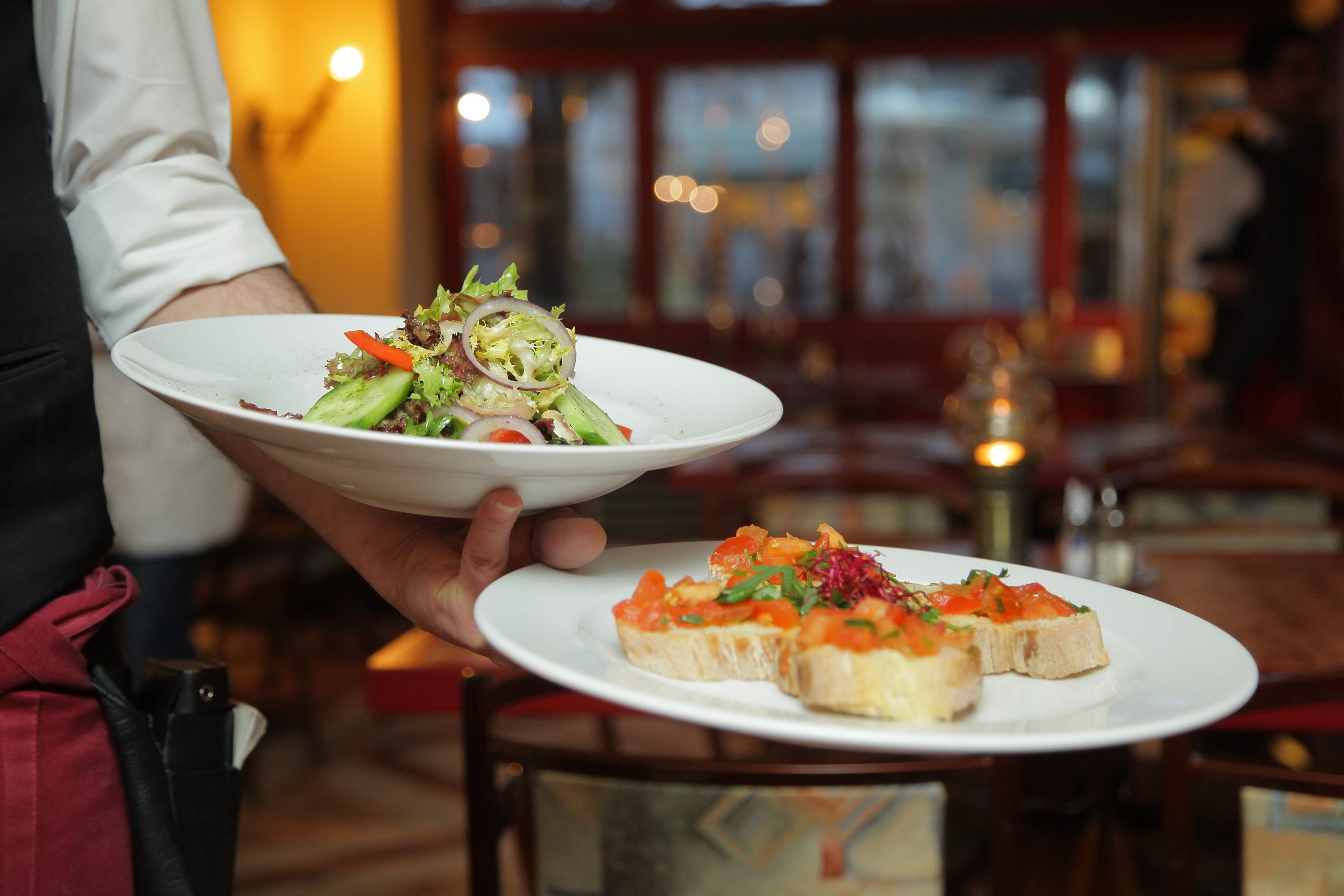Last Updated on: 10th November 2025, 05:14 pm
Dr. Peter Killcommons, a San Francisco–based entrepreneur and physician, is the founder and chief executive officer of Medweb, a global telemedicine company specializing in medical imaging and disaster response technology. With a background in medicine and software innovation, Dr. Killcommons has advanced healthcare access worldwide through telehealth solutions that connect doctors and patients in remote and underserved regions. In addition to his professional endeavors, Peter Killcommons is recognized for his extensive philanthropic and humanitarian work, including providing medical aid in regions such as Pakistan, Haiti, and Afghanistan. A global traveler and culinary enthusiast, he has a deep appreciation for cultural cuisines. Drawing on his international experiences, Dr. Killcommons explores how Thai cuisine—particularly its vegetarian adaptations—offers vibrant, healthy, and flavorful dishes for home cooks.
Delicious Vegetarian Thai Recipes
Thai food is varied and incorporates a range of ingredients, spices, and proteins, making it ideal for vegetarians. One caution is the presence of hidden animal products in many dishes, including dried shrimp, oyster sauce, fish sauce, and ground fish (a thickener in some curries). However, removing such elements may diminish the richness, savoriness, texture, and distinct umami of some dishes.
One example of a creative workaround is a vegetarian Thai green curry. The first step is selecting a green curry paste that does not contain fish sauce or shrimp paste. Substitutes that help give texture and flavor include soy sauce, miso, spinach, or grated dried shiitake mushrooms.
The green curry sauce is built on a foundation of canned coconut milk, with the full-calorie version adding a distinctive creaminess. Water or unsalted vegetable stock helps give the right consistency, while coconut or palm sugar adds healthy sweetness.
Instead of meat, use plain or fried tofu as the main protein, with the latter adding a sought-after chewiness. While some supermarkets offer pre-fried tofu, simply frying firm or extra-firm tofu with a bit of sesame oil works just as well. Classic vegetable additions include bamboo shoots and bell pepper for crunchiness, and softer elements such as Thai eggplant and winter melon. Fresh basil or Thai basil leaves, as well as kaffir lime leaves, impart distinctive flavors.
With curry paste, creating the dish is relatively simple. First, place 3/4 cup of coconut milk over medium-high heat. After about five minutes, it thickens. Turn down the heat to medium, and add the curry paste, stirring for a few minutes until the mixture thickens and the coconut oil starts to separate.
At this point, thin the sauce by adding the remaining coconut milk and water or vegetable stock. Add sugar, soy sauce, bamboo shoots, tofu, and vegetables. If incorporating kaffir lime leaves, twist and tear them slightly to release their full flavor. After around 10 minutes of simmering, the winter melon will be tender to the fork, indicating the curry is nearly done. Bell pepper is a late addition and needs only a minute or so in the pot. The last ingredient is fresh basil, which goes in when the heat goes off. Thai green curry is traditionally served over fragrant jasmine rice, though brown rice works as well. The curry keeps for several days in the refrigerator and tends to gain flavor after a day or two.
Another vegetarian favorite is pad thai, a rice noodle dish that features a signature tamarind-chile sauce that imparts a piquant sweetness. In this dish, combine coconut or palm sugar with tamarind paste, chili sauce, and vegetable stock. While rice noodles boil, sauté minced garlic and diced onion in oil in a wok. Add baby bok choy and stock. If incorporating eggs, mix them in the center of the wok, followed by the sauce and cooked, drained noodles.
Toss the mixture like a salad, adding sauce as the ingredients reduce. A key is to ensure the soft noodles stay sticky and chewy without overcooking. Finally, add soft tofu, turn off the heat, and garnish with bean sprouts, diced green onions, and minced peanuts. After the pad Thai is on the serving platter, add cilantro sprigs on top and provide extra lime wedges for diners.
About Peter Killcommons
Dr. Peter Killcommons is the founder and CEO of Medweb, a San Francisco–based telemedicine and medical imaging company. A licensed physician and innovator, he has pioneered technology that enhances remote healthcare delivery and supports emergency medical response worldwide. Beyond his corporate leadership, Dr. Killcommons has volunteered in global humanitarian missions and helped establish medical infrastructure in developing regions. His interests include aviation, global travel, and exploring international cuisines that celebrate cultural connection and wellness.






